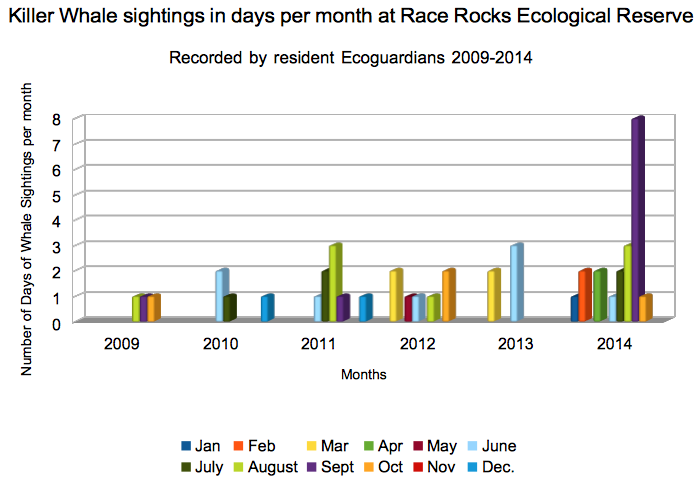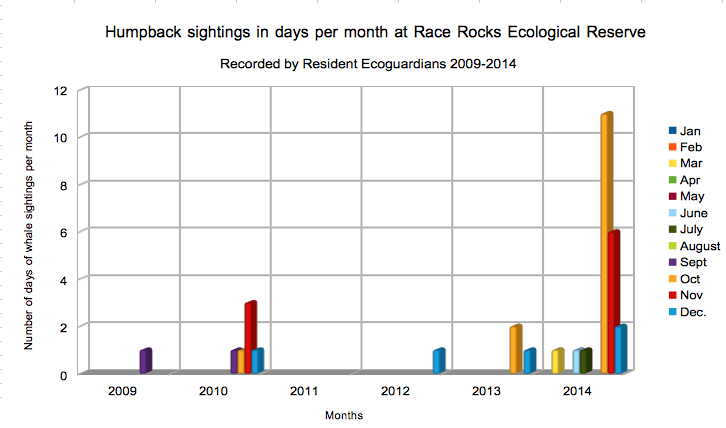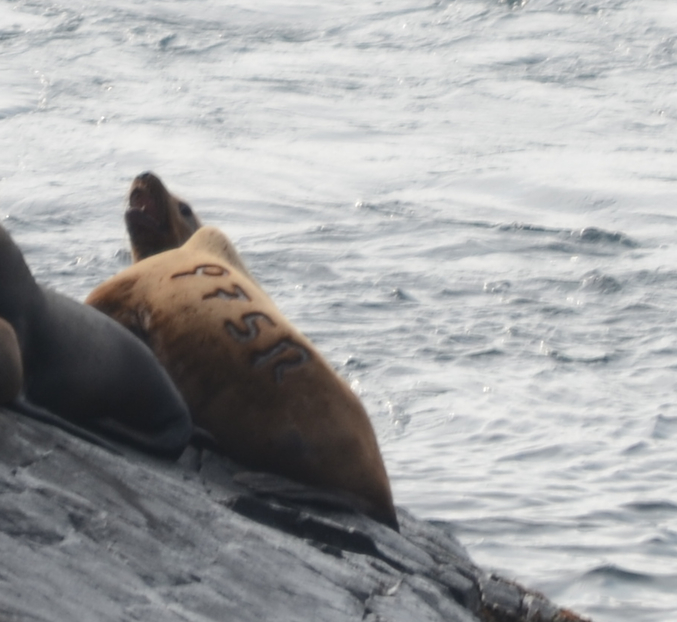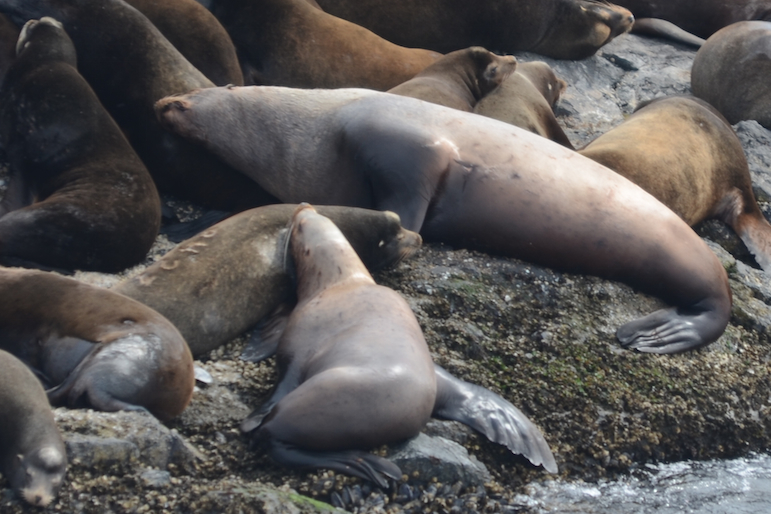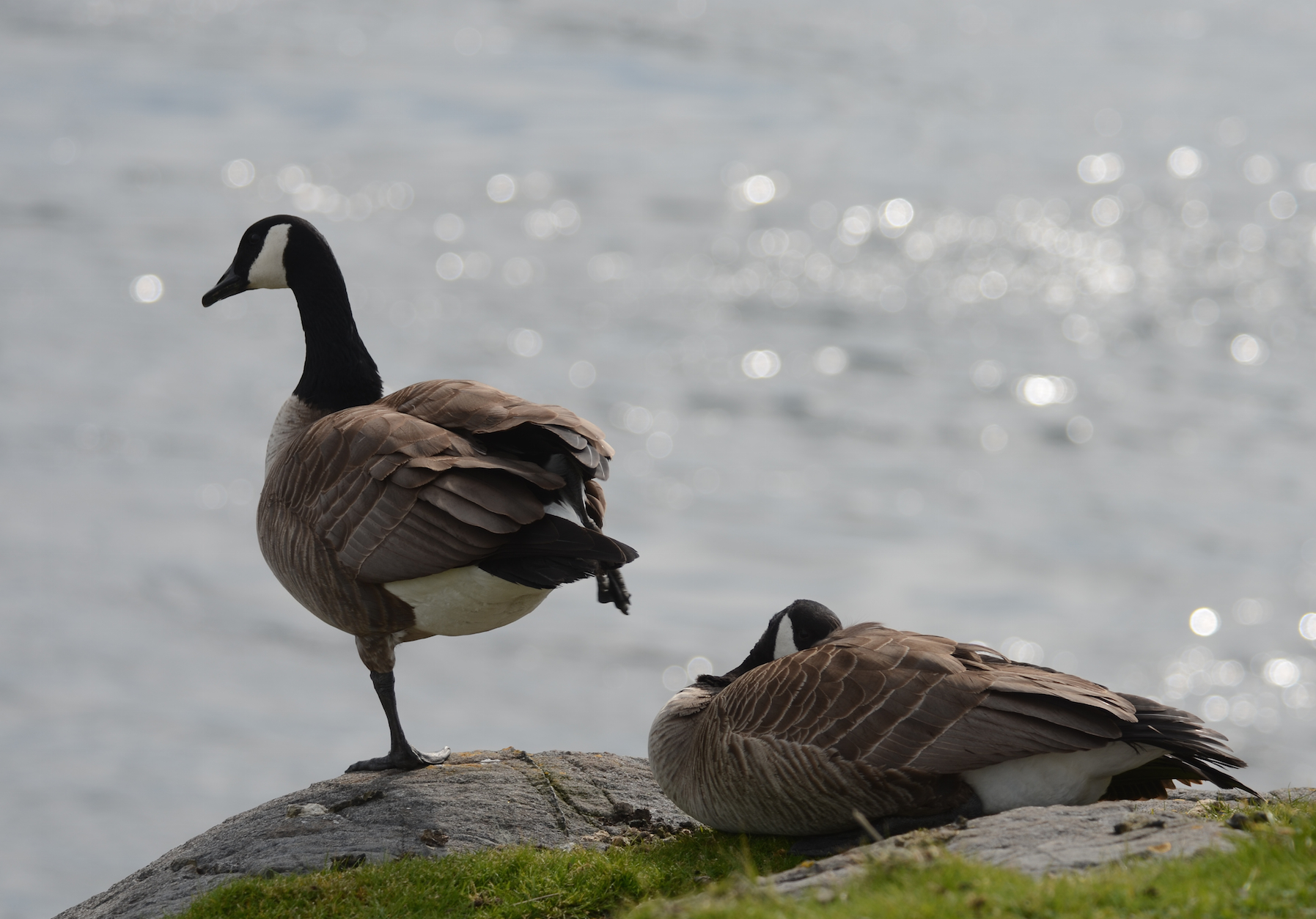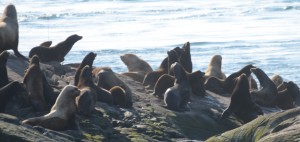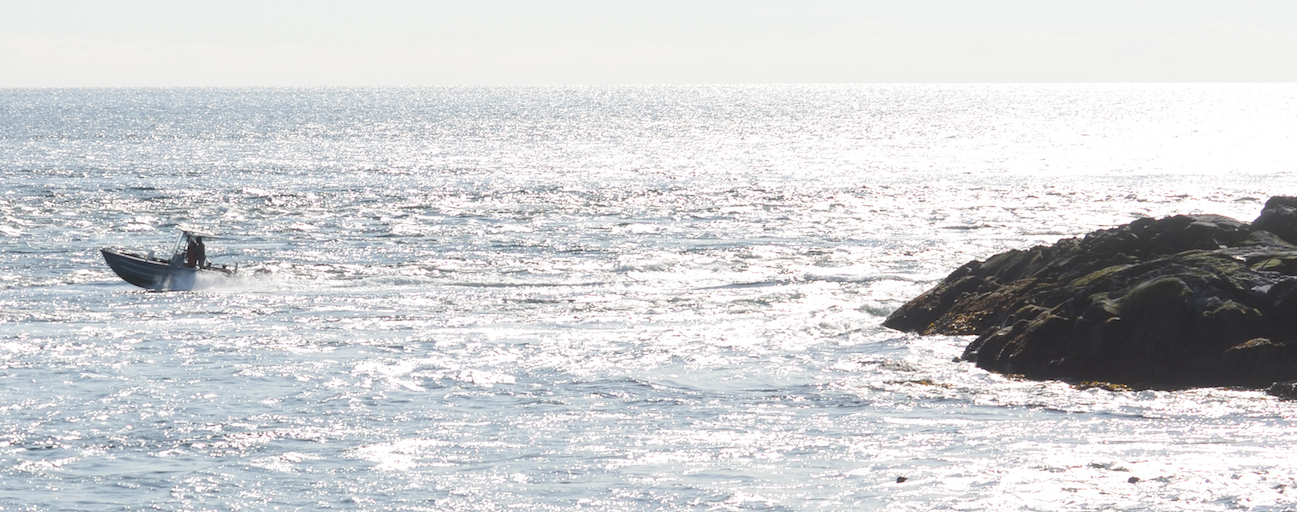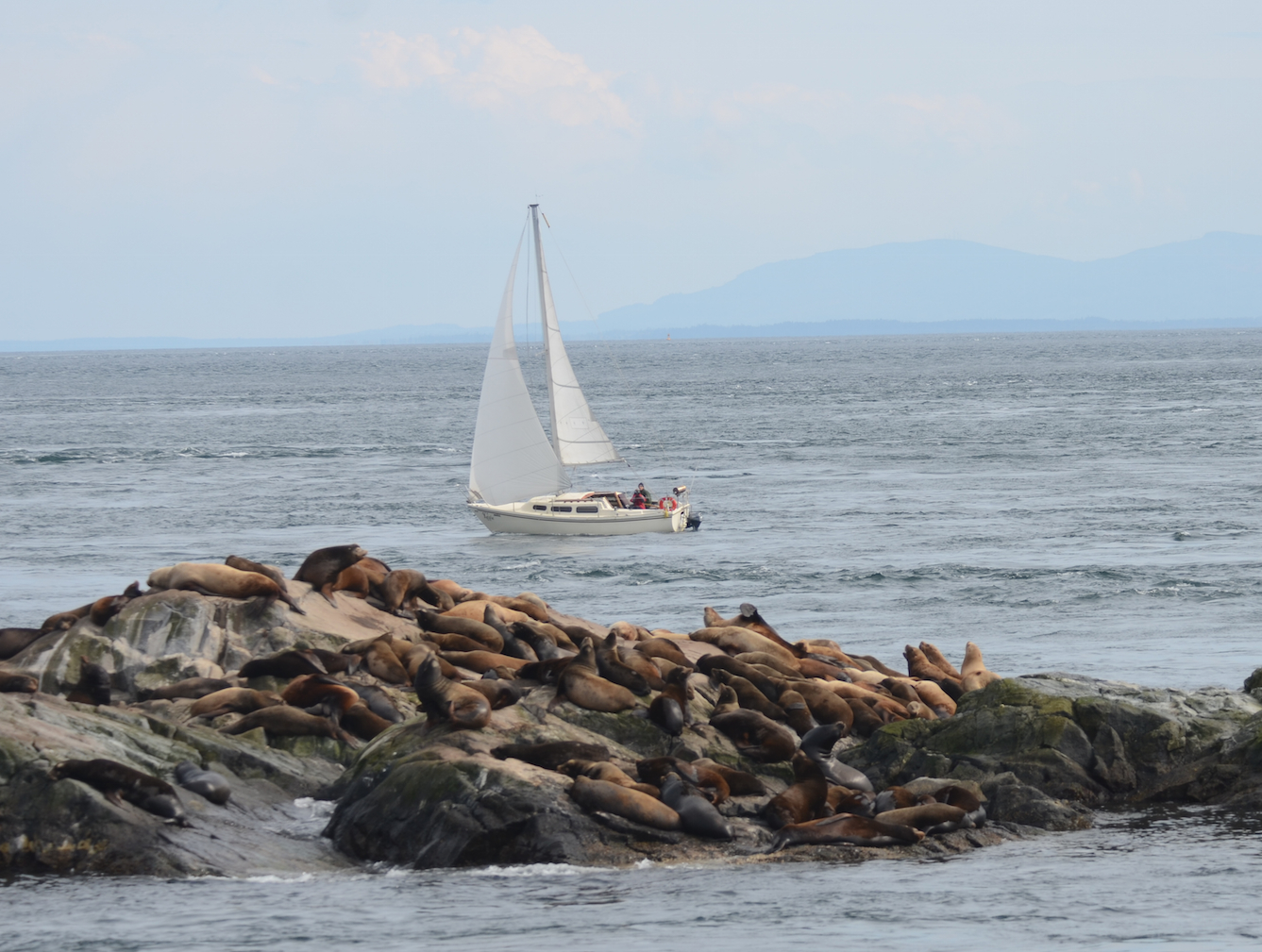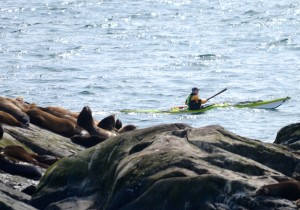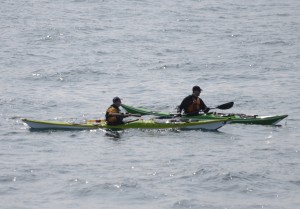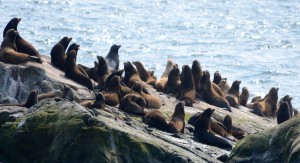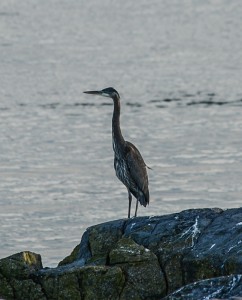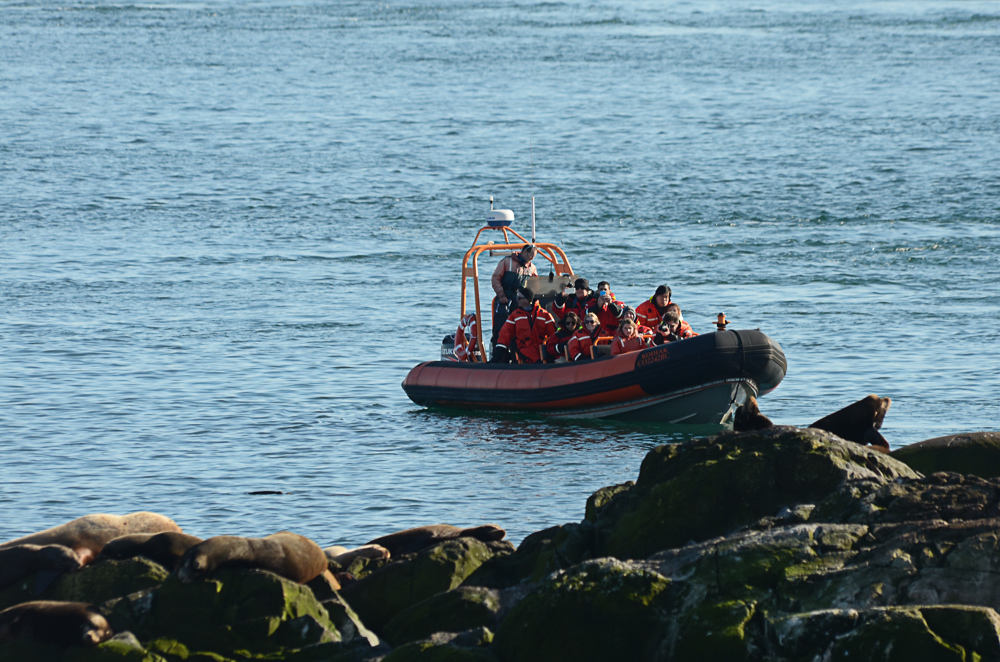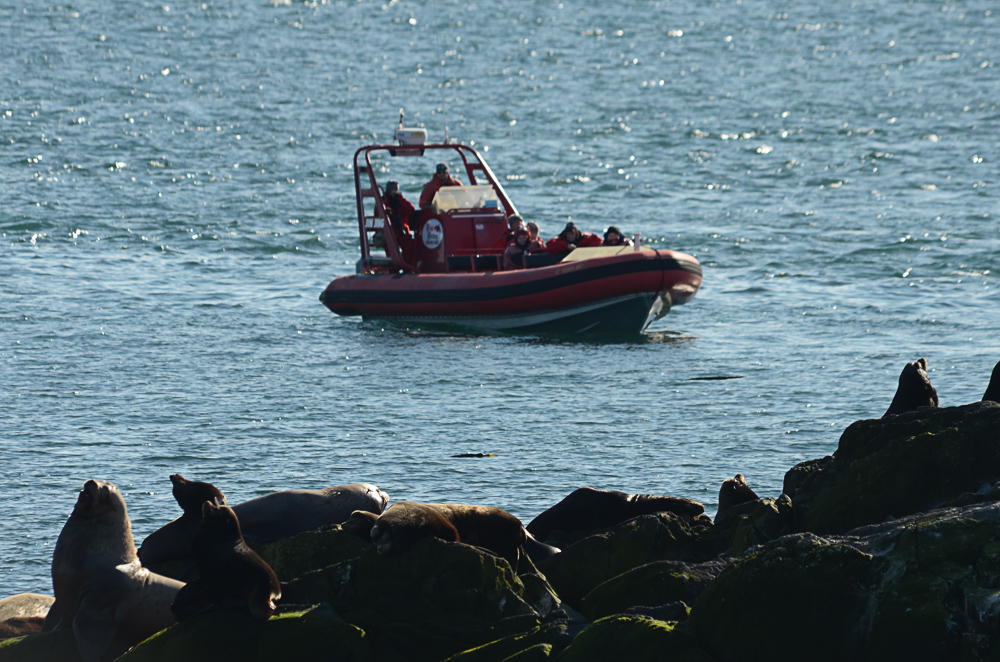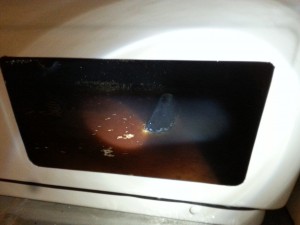Also see the APRIL 23 post with graphs on Whale Observations from Race Rocks 2009-2014.
I believe that the increasing frequency in recent years in the number of humpback whales observed in the area which will be affected by increased tanker traffic from the Kinder Morgan/ TMX project has not been taken into account In the Consultant’s report issued today “ Quantitative Assessment of Increased Potential for Marine Mammal-Vessel Interactions from the Trans Mountain Expansion Project TRANS MOUNTAIN PIPELINE ULC TRANS MOUNTAIN EXPANSION PROJECT –-Prepared by: Stantec Consulting Ltd. 500 – 4730 Kingsway Burnaby, BC, V5H 0C6 Ph.: (604) 436-3014,
Quoted from the report :
“While the BC CSN data includes numerous opportunistic sightings of humpback whales in the study area over the course of the last four decades, the majority of the Marine RSA is generally not recognized as a humpback whale hotspot, although the western extent just overlaps with the eastern-most extent of humpback whale critical habitat –(Fisheries and Oceans Canada 2013a). As such, and since actual humpback whale density values for the Marine RSA (Regional Study Area) do not exist, this species was assigned a density according to the lowest density observed for humpback whales during the surveys reported on in Best and Halpin (2011) elsewhere in BC ((Williams and Thomas 2007) did not observe any humpback whales during their summer 2004 survey in this area) This value corresponds to roughly 10 whales distributed across the majority of the Marine RSA
——As a result, humpback whales were assigned a proportion of time in the study area of 0.17 (i.e., two months of the year) based on the largest concentration of sightings from the BC CSN data (British Columbia Cetacean Sightings Network 2013)”
Here is a good example, in my opinion, of how a decision having long term implications regarding the welfare of a species recovering from near extinction may be completely misdirected if based only on a consultants interpretation of officially published scientific resources which can quickly become dated.
G.Fletcher

